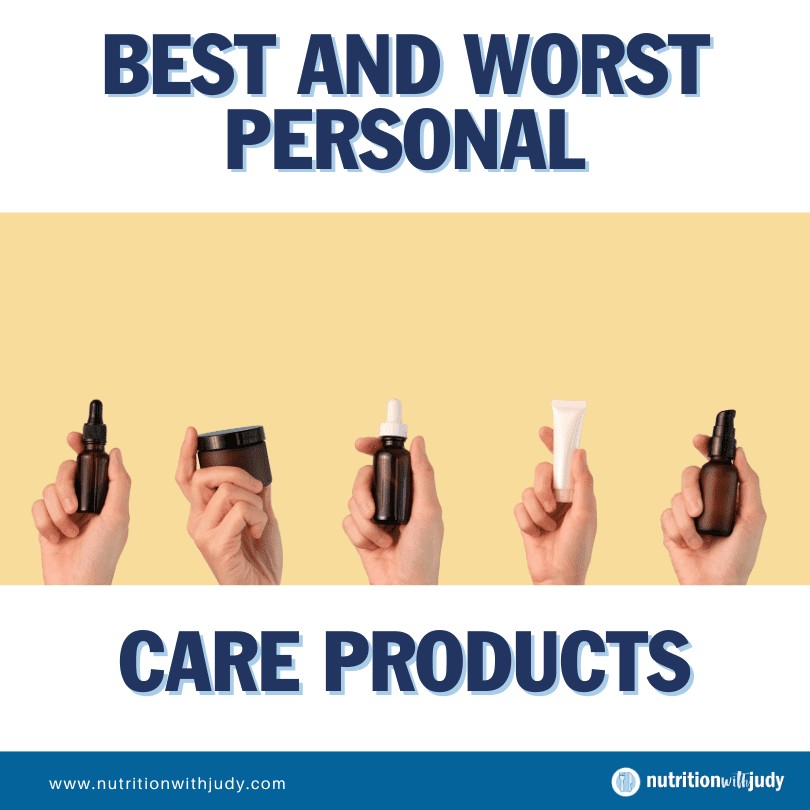

Best and Worst Personal Care Products


Eating a clean, whole-foods, meat-based diet keeps our bodies operating in ideal shape. We want to make sure our gut is functioning properly, that our liver is detoxing all the toxins we encounter, and that our kidneys effectively remove waste and balance our bodily fluids.
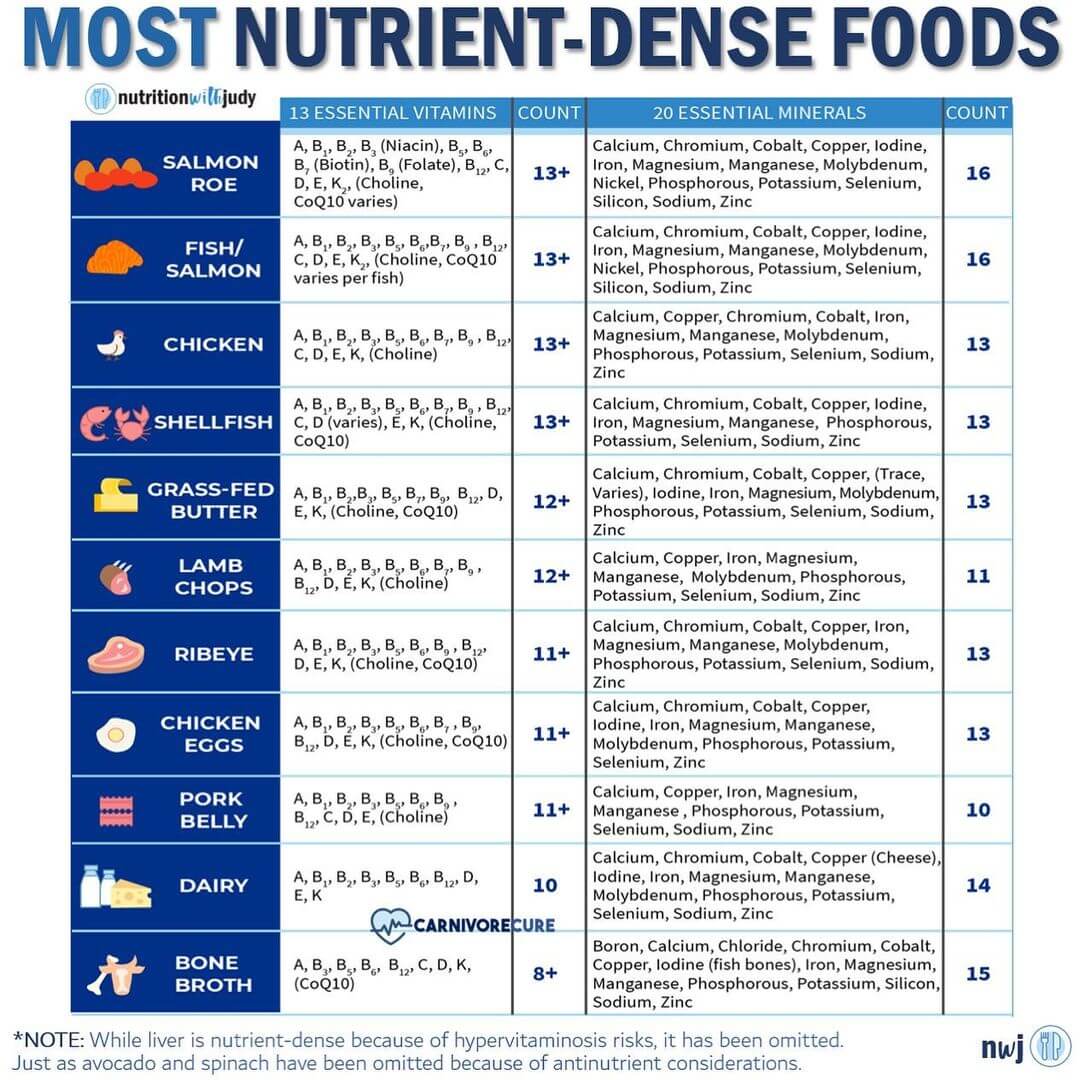

One organ that is the most visible of all our organs and one we seem to forget is even an organ is our skin. Our skin is the largest organ in our bodies and plays a major role in our health and well-being.


Our skin, and more specifically, what we put on it makes an enormous impact on the health of our other organ systems. And if you are doing everything right in terms of diet, movement, sleep, and stress and still finding that you are stalling in your healing journey, you may want to look closer at your personal care products.
This is something that not too many of us think about. We think about eliminating processed foods and limiting medications. We are careful around pesticides and chemicals. But when it comes to personal care products, many of us assume they are safe. Unfortunately, most conventional products (even if organic) are less than ideal.
How Personal Care Products Are Regulated
The U.S. Food and Drug Administration (FDA) is the agency responsible for regulating the personal care and beauty industry. If you think they have dropped the ball on regulating the health of our food, then you are going to be absolutely floored when you understand the complete lack of oversight and regulation in our personal care products.
According to Dr. James Hamblin, the author of Clean: The new Science of Skin, the FDA “defines cosmetics by their intended use as ‘articles intended to be rubbed, poured, sprinkled, or sprayed on, introduced into, or otherwise applied to the human body…for cleansing, beautifying, promoting attractiveness, or altering appearance.”
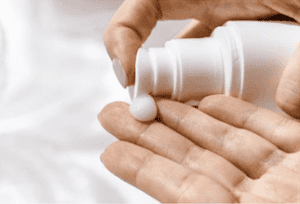

These products include items such as makeup, moisturizers, perfumes, deodorant, hair care and coloring products.
Usually, new personal care products that come on the market are not evaluated for safety. The only time an evaluation of the product’s safety is conducted is when enough people lodge a complaint about the product. For example, Johnson and Johnson’s baby powder is being reviewed because of lawsuits occurring with talcum powder and the possible link to various cancers. Or the investigation that started because of a WEN haircare lawsuit in 2014 when people discovered that their hair started falling out when they used these hair care products.
Amazingly, WEN is still on the market.
It is incredibly difficult to prove with absolute certainty that a specific product is causing the issues. According to Hamblin, “Unless an illness or reaction appears quickly and reliably in multiple users of a product, things can usually be dismissed as coincidental. Combine that with the laxity of the laws and the meager staffing of the FDA, and it’s very rare that products are the subject of regulatory action.”
Harmful Ingredients
So, what are some of the ingredients in personal care products that could be dangerous? The most troublesome ingredients are phthalates, parabens, and triclosan. But these are not the only ones.
You will also find formaldehyde, teflon, asbestos, mercury, and more, in common products that men and women use every single day. A lot of these ingredients are neurotoxins and endocrine disruptors and they bioaccumulate in the body, meaning that our bodies hold on to these chemicals, and as we keep using them, the amount in our bodies steadily increases over time and can cause harm.
Some of these ingredients are classified as carcinogens or cancer-causing agents.
What’s Bad About These Ingredients?
- Phthalates: According to the EPA, almost everyone who lives in the U.S. has been exposed to phthalates. Phthalates are widespread in cosmetics, soaps, plastics, and more. These phthalates are considered toxic because they are a grouping of chemicals that are considered endocrine disrupters, and can wreak havoc on our hormones. They have also been indicated in some childhood cancers.
- Parabens: Parabens are commonly found in hair care and cleaning products, deodorants, toothpaste, sunscreen, lotion, and makeup. Once again, these act as endocrine disruptors and can harm reproduction; they too have been indicated in cancer. Something interesting about parabens is that they are banned almost everywhere globally, but not in the U.S.
- Triclosan: This ingredient is added to many products, especially soaps, hand sanitizers, and toothpaste, to prevent bacteria contamination. According to the EPA, repeated exposure to this chemical reduces the levels of thyroid hormones. There is also some concern that triclosan is one of the drivers creating drug-resistant bacteria. There is also a study currently being conducted to test whether triclosan-containing products contribute to the development of skin cancer.
Avoiding these potentially harmful ingredients is a healthy strategy. I encourage you to read ingredient lists in your products to see if they contain these harmful additives.
How Can We Reduce Our Exposure?
Working to reduce our exposure to these harmful chemicals is paramount to reducing the toxic burden on our bodies. But this can be a challenge as we tend to have our favorite go-to products (even if they aren’t the best for our health).
One bonus benefit of eating a meat-based diet is that people naturally start to develop healthier skin, hair, and nails over time. In turn, many don’t need as many personal care products anymore.
A high fat, meat-based diet boosts your skin health, especially if you include lots of fatty fish, such as salmon.
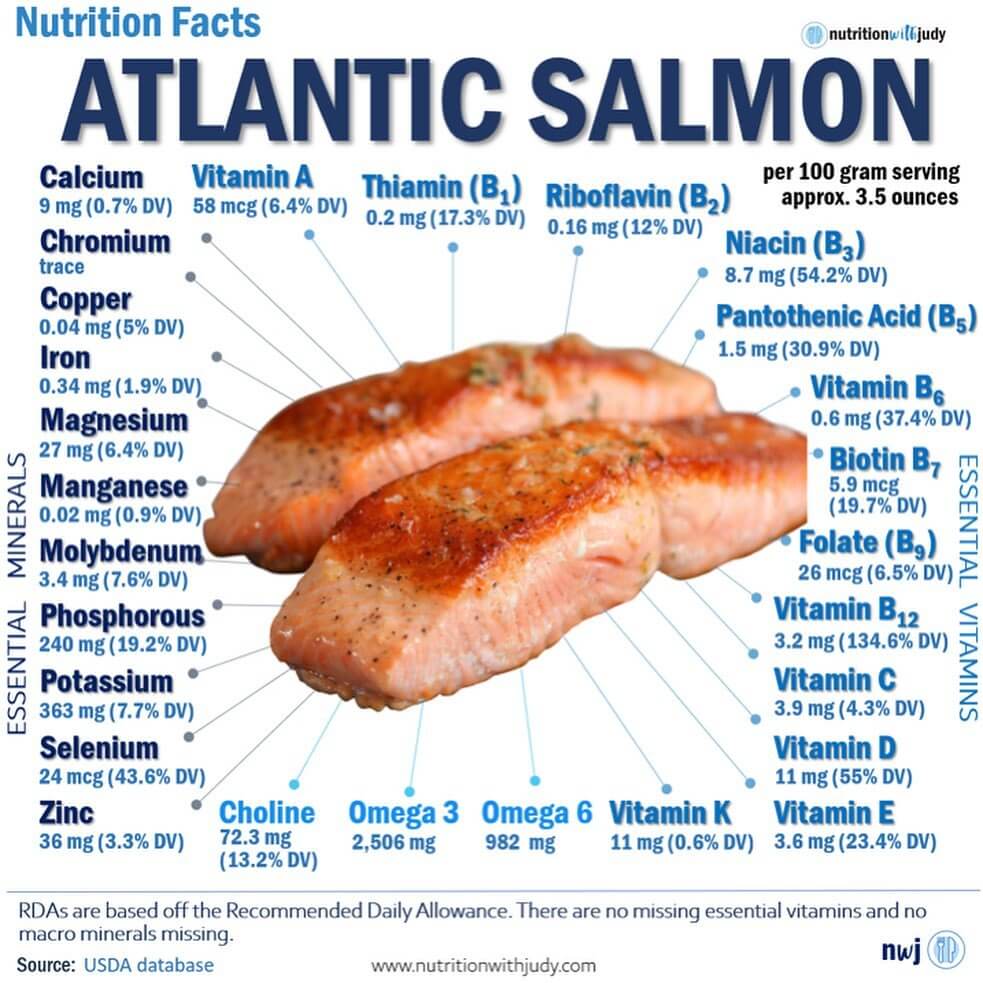

Ways to Reduce Our Exposure
- Consider going au naturel: One way to reduce our exposure to toxic chemicals drastically is to give them up completely. Our skin, which has its own unique microbiome, tends to adjust over time when products are removed. There may be a significant transition period, such as when I went water-only no poo with my hair. It took several weeks, and for some other product, it may just take a few days of adjusting.
- DIY products: Some homemade beauty care products are simple to whip up in your kitchen. For example, you can make your own beef tallow lotion by heating beef tallow on the stove, cooling it in the refrigerator, adding scent (essential oils) if desired, and beating it with a hand mixer. This can be stored at room temperature for 4 or 5 months. Or you can purchase this one I use on Etsy. You can also make your own makeup using food-based ingredients like beet and cocoa powder.
- Determine if the product is necessary: Figuring out the balance between real life and ideal living, is something you have to figure out. If you can’t live without mascara, try to find the cleanest version you can and know that you are really using a small amount. This is especially helpful if you decide that you can live without other items, such as foundation, or blush, or realize you can use your homemade version for those instead. Find the balance that makes sense for you.
- Find an alternate, safer version: One app you can use to determine the safety of personal care products is the Environmental Working Group’s Skin deep database. They are a consumer non-profit watchdog organization that evaluates the safety of personal care products. You can type the product into the database, and it will assign the product a safety rating and tell you the harmful chemicals present. You can determine what level of risk you are comfortable with when using these products. Another app is Think Dirty.
- Limit personal care products: If you decide that there are certain products you just love, then consider using them for special occasions. Maybe that lipstick is not for everyday wear, or you only use the clinical level of antiperspirant if you know you will be sweating a lot but still want to look nice, such as dancing at a wedding. By limiting the use of these products, we can lessen the bioaccumulation of chemicals in our bodies and are less likely to be harmed by them in the long term.


Final Thoughts
Instead of figuring out what products to use and not use, I make it really simple: I don’t put anything on my skin that I’m not willing to eat. If you were to eat your current personal care products, they would pass through your liver, and at least some of the harmful ingredients would get detoxified.
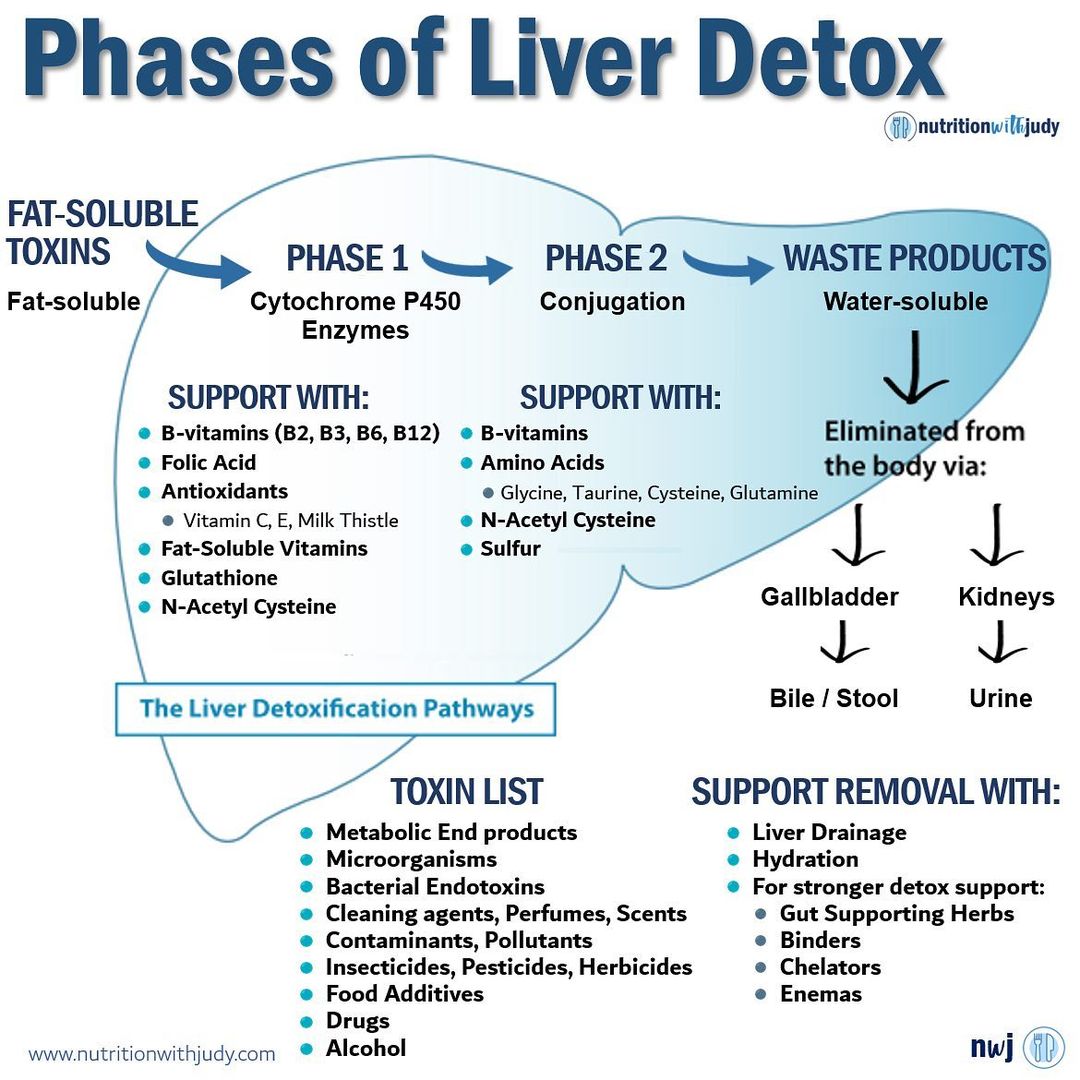

When you put these harmful chemicals on your skin, they are immediately absorbed into the bloodstream, bypassing the liver altogether. Over time, the constant use of these chemicals can adversely affect your health, especially your hormone, detox and immune functions.
When you eat a cleaner meat-based diet and minimize your exposure to harmful chemicals, your skin, hair, and nails will begin to look better over time. Many clients who eat a high-fat meat-based diet have more supple skin and shinier hair, and some carnivores have even reduced graying hair (including mine!—consider iron, zinc and copper).
If you are struggling with your health and have difficulty getting better, I recommend evaluating your skincare products. Also, you could take our symptom burden assessment and get personalized care on diet, lifestyle and personal care questions. We always recommend a dietary and gut-healing supplement protocol that can include detox supports.
Root cause healing and optimal health are attainable. Our modern lifestyles have us living in a toxic soup of chemicals, but we can get to optimal health by eating a meat-based diet and supporting lifestyle factors such as sleep, stress, and better choices with personal care products.
By learning to thoughtfully consider everything we use and taking a closer look at ingredients in our foods and our personal care products, we can begin to reduce our toxic burden load and get back to optimal health.
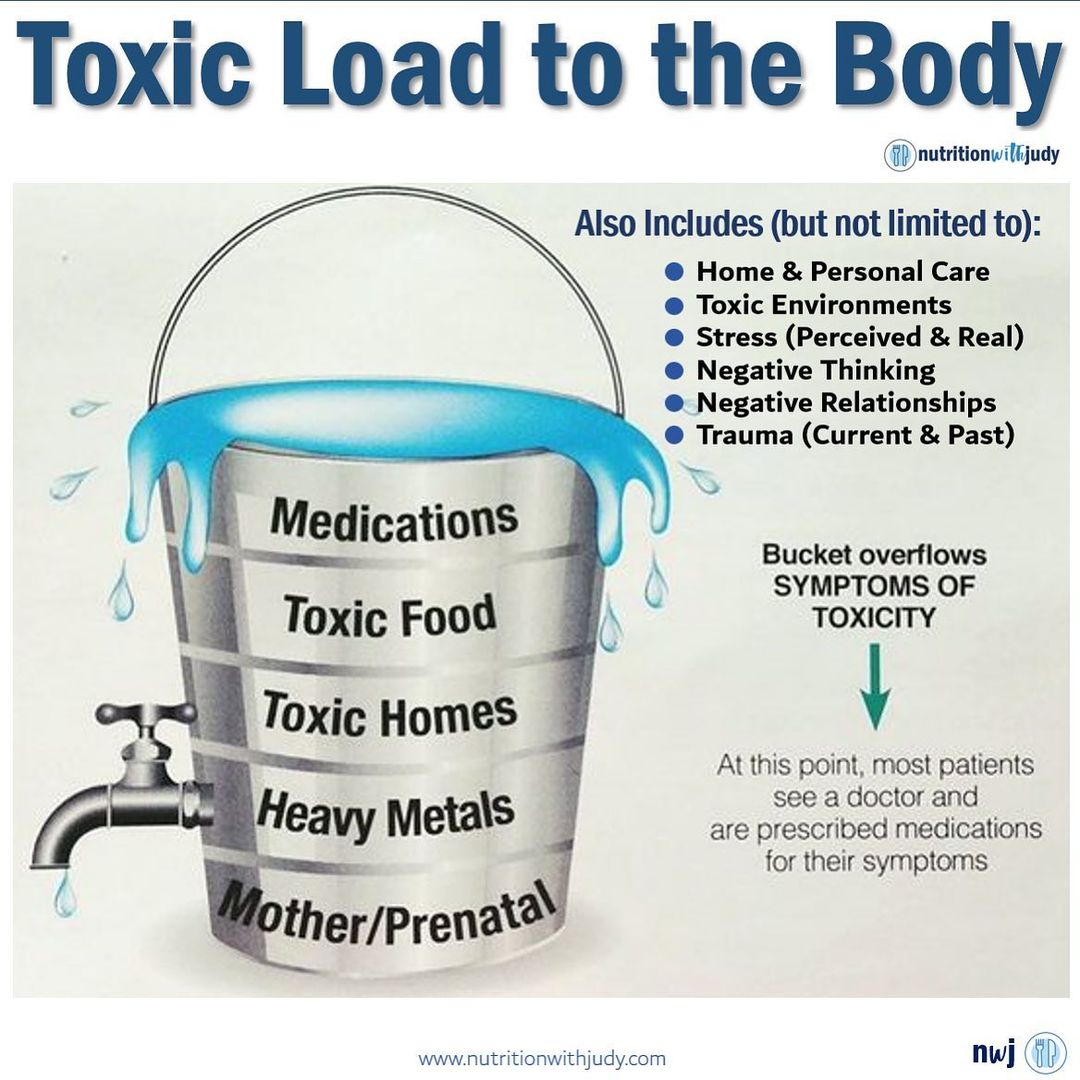

If you enjoyed this blog post, you may also enjoy these Nutrition with Judy blog posts:
DISCLAIMER: The content is for educational purposes only. While I am board-certified in holistic nutrition and a nutritional therapy practitioner, I am not providing medical advice. Whenever you start a new diet or protocol, always first consult with your trusted practitioner.


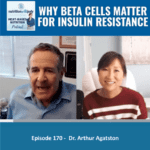

Nancy
April 16, 2022 at 7:04 amHi Judy and all,
Thank you once again for being advocates of a healthy low/no carb diet and sharing your knowledge with us.
Since adopting this diet, many of us are experiencing oxalate dumping. I’m wondering if you have ever explored Serrapeptase for disrupting biofilms around oxalates in joints and reducing scar tissues? I have been using it for about a month, and so far my knee (tore something 10 years ago while dealing with a difficult alpaca birth) is now much more flexible than it has been, my long term sinus issues in one ear have lessened, and overall my inflammation seems to have lessened. I’m also going on 9 months relaxed carnivore (relaxed because of oxalate issues), and I realize that may be a contributing factor too. I had never heard of Serrapeptase before, and I am curious if you have any information. If it could help reduce locked up oxalates in joints, that would be super.
Thank you so much!
Kind regards,
Nancy
KWN
April 20, 2022 at 6:30 amI have never heard of that supplement but very interesting. I haven’t given up coffee yet because I’m afraid of oxalate dumping and was going to try sally k Norton’s recommended coffee so that I can ween off. Would love to hear Judy and teams response.